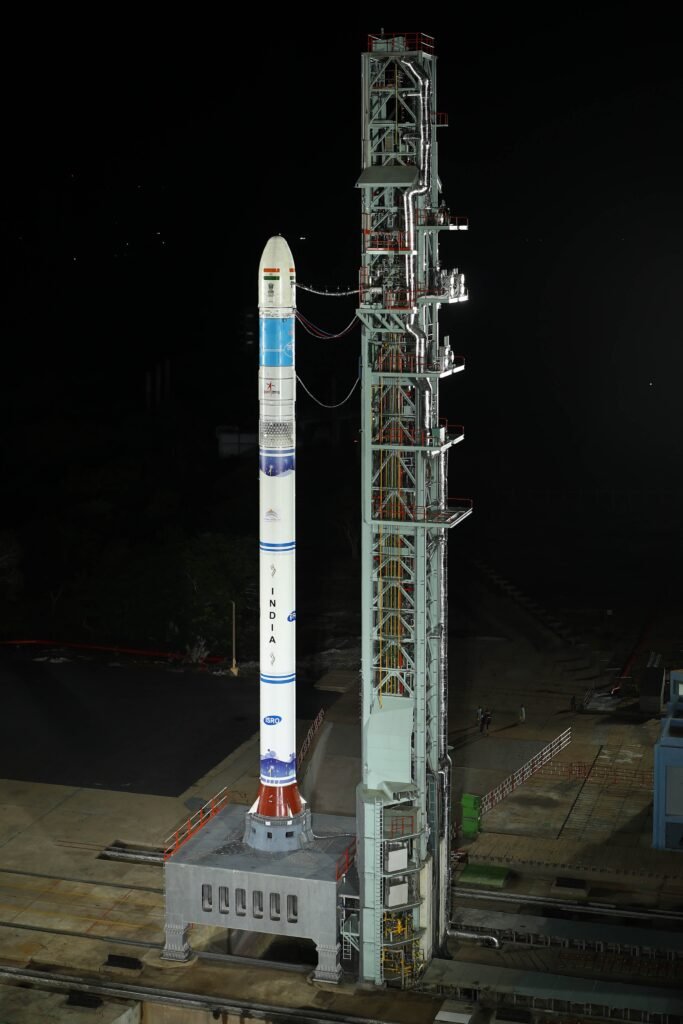ISRO Launch EOS-08 Satellite: The Indian Space Research Organization (ISRO) launched the Earth Observation Satellite-8 (EOS-08) from the Satish Dhawan Space Center in Sriharikota with the country’s smallest rocket SSLV-D3. ISRO Chairman S Somnath said, the launch was successful. He congratulated the entire team.
This satellite will be installed about 475 km above the Earth’s orbit. It will work for one year. The purpose of EOS-08 satellite is to provide accurate information about the environment and disaster. Earlier, ISRO had fixed the launch date on August 15. Then it was launched a day later.
Table of Contents
EOS-08 has three payloads, Sensors and Navigation Satellite
EOS-08 satellite has three payloads. It includes Electro Optical Infrared Payload (EOIR), Global Navigation Satellite System-Reflectometry Payload (GNSS-R) and SiC-UV Dosimeter.
- The EOIR payload is designed to capture images for purposes such as disaster monitoring, environmental monitoring, etc. This payload can capture images during day and night.
- GNSS-R will be used for remote sensing capability for sea surface wind analysis, soil moisture estimation, flood detection.
- SiC UV Dosimeter will monitor ultraviolet rays for Gaganyaan mission.

This is the third launch of the smallest rocket SSLV, the first one failed
This is the third launch of ISRO’s smallest rocket SSLV. Earlier there were two attempts (2022 and 2023). In which ISRO got success in 2023. While the first attempt in 2022 failed.
First attempt – 9 August 2022: The first SSLV launch failed. The launch of the rocket was fine, but later there was a problem during the speed and then the separation of the rocket. Due to this, the launch of SSLV was canceled then. ISRO had told that both the satellites had gone into the wrong orbit and they were no longer of any use.
Second attempt – 9 February 2023: The second launch of SSLV took place in February 2023. The 3 satellites launched by SSLV included America’s Janus-1, Chennai’s space start-up’s Azadi Sat-2 and ISRO’s EOS-7. SSLV-D2 flew in the lower orbit of the Earth for 15 minutes, after which the satellites were released into an orbit 450 kilometers away.
The purpose of SSLV is to launch small satellites
The purpose of developing SSLV is to launch small satellites. Along with this, Polar Satellite Launch Vehicle (PSLV) has been used a lot in launching till now. Due to SSLV, it will now be free for bigger missions. SSLV can carry an object weighing 10 to 500 kg to a planar orbit 500 km away.
Also Read:

